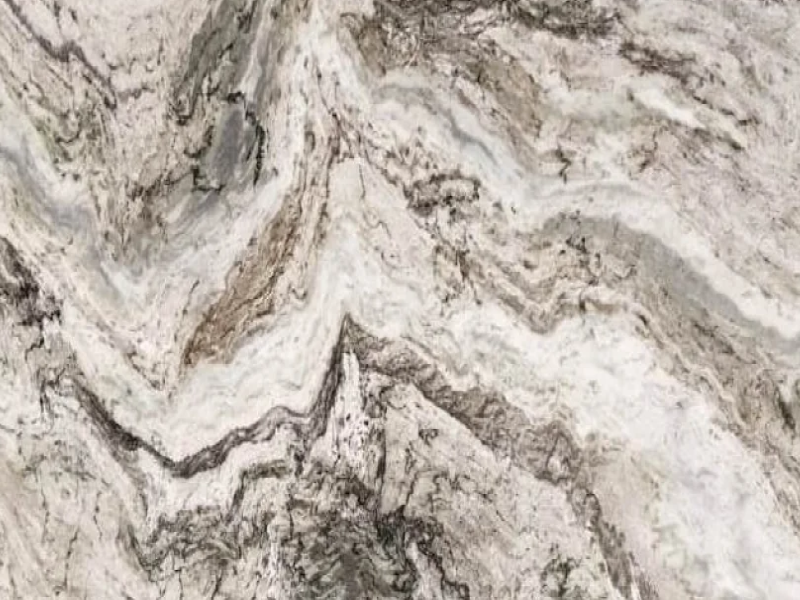
Fantasy Brown is a popular natural stone used in countertops, flooring, and other design applications. Its unique swirls of gray, white, and brown, combined with a soft yet sophisticated look, make it a favorite among homeowners and designers. However, a common question arises when choosing this stone: is Fantasy Brown granite, quartzite, or marble? The answer is not straightforward because Fantasy Brown exhibits characteristics of multiple stone types. Let’s delve into its composition, classification, and why this confusion exists.
Understanding Fantasy Brown
Fantasy Brown originates from quarries in India and is made primarily of calcium carbonate, similar to marble, with elements of silicates, lending it some hardness like quartzite. This stone’s distinctive veining and color palette closely resemble marble, but its performance and durability align more with quartzite or dolomite. The confusion lies in its mineral composition and classification, which can vary slightly depending on the geological perspective.
Is It Granite?
Granite is a durable, igneous rock primarily composed of quartz and feldspar, making it highly resistant to scratches, heat, and staining. While Fantasy Brown is durable and long-lasting, it does not possess the mineral composition of true granite. It lacks the crystalline structure typical of granite and is therefore not classified as such. Additionally, the soft, flowing patterns of Fantasy Brown contrast with the speckled appearance common in granite.
Is It Quartzite?
Quartzite forms when sandstone is subjected to intense heat and pressure, resulting in a highly durable and non-porous metamorphic rock. Fantasy Brown shares some traits with quartzite, such as resistance to heat and wear, but it is not entirely composed of recrystallized quartz. Instead, its composition includes dolomite and calcite, which are softer than quartz. This means Fantasy Brown is not as hard or scratch-resistant as quartzite but still outperforms marble in durability.
Is It Marble?
Marble, a metamorphic rock made primarily of calcite, is known for its elegance but also for being softer and more porous, making it prone to etching and staining. Fantasy Brown contains calcite, giving it the appearance of marble, but it also includes dolomite, which makes it harder and more resistant to damage than traditional marble. Some industry professionals classify Fantasy Brown as a dolomitic marble, a transitional stone that bridges the gap between marble and quartzite.
The Verdict: A Dolomitic Stone
Most experts agree that Fantasy Brown falls under the category of dolomite, a unique natural stone that offers a blend of marble-like aesthetics and quartzite-like durability. While not as hard as quartzite, it is more durable than marble, making it an excellent choice for high-traffic areas like kitchens. Its resilience to scratches and moderate heat ensures it stands up to everyday use, though it still requires sealing to prevent staining.
Conclusion
Fantasy Brown defies a simple classification, embodying qualities of marble, quartzite, and dolomite. Its versatility and aesthetic appeal make it a sought-after material for homeowners and designers alike. Understanding its properties helps set realistic expectations for its performance and maintenance, ensuring that this stunning stone remains a timeless addition to any space.











